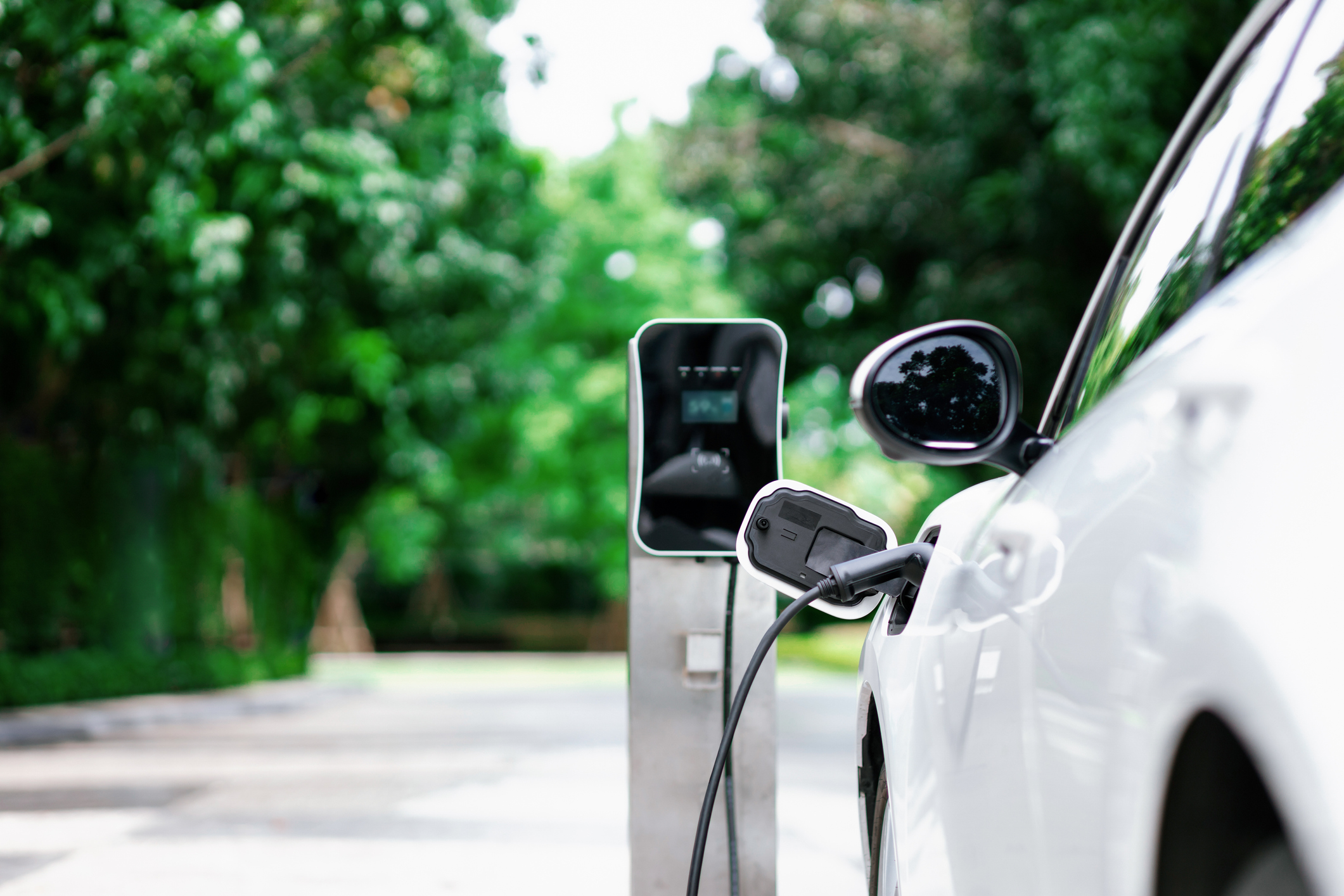How Wind Turbines Work

Jul 16, 2019
Across the U.S., Americans are choosing wind power for their homes and businesses for many reasons. While it’s an energy source that generates electricity without releasing carbon pollutants, the wind industry also builds the country’s economy by adding many new jobs. As more people adopt this renewable resource, you might wonder how do wind turbines actually work? In this blog, we take a look at just how wind turbines creates sustainable, renewable, clean energy.
A Brief History of Wind Energy
While wind energy may seem like a recent phenomenon, it’s actually much older than you might expect. Wind propellers were used as early as 5000 B.C. to propel boats along the Nile River. By 200 B.C., windmills pumped water to China, and vertical-axis windmills were grinding grain in Persia and the Middle East. In more recent history, wind turbines were used during World War II to feed electrical power to the local utility network in Vermont. What finally fueled wind turbines to be used for domestic needs was the oil shortage in the 1970’s. From the mid-1970’s to the mid-1980’s, the federal government helped fund research and development that produced the turbines we see and use today.
Modern wind turbines, standing high in the sky and sometimes the height of a 20-story building, have a sleek yet simple design. The construction and operation of wind turbines are as straightforward as they look. What makes up a turbine are two or three propeller blades around a rotor. This rotor is connected to the main shaft, which also houses the generator used to create electricity.
This simple technology comes in two types of models: a horizontal-axis has two to three blades and resembles an indoor fan; the vertical-axis design looks similar to an eggbeater. Other than these two models, turbines also vary in size and power generation. The classes of turbine sizes in operation include 3,000Kw, 5,000Kw, 10,000Kw, and 20,000Kw. This variation in model size directly affects the output of energy that wind turbines produce.
How Wind Turbines Produce Electricity
So how does energy from the wind become electricity?
The American Wind Energy Association (AWEA) describes wind power in this way: “Wind turbine blades capture kinetic energy from the wind and turn it into mechanical energy, spinning a generator that creates electricity.” In other words, when wind turbine blades turn from capturing the wind, the turbine’s shaft spins. With the shaft connected to the generator, the generator then converts the energy to electricity. Stronger winds, of course, help the blades to move faster, creating great power output. The turbine typically starts to generate power with wind speeds of 6 to 9 miles per hour. It reaches its maximum speed between 22 and 36 mph. According to AWEA, wind turbines can reach more than 40 percent of their rated maximum capacity, which is as good if not better than most other forms of electric generation such as natural gas.
Wind turbines are typically housed together on an area of land (onshore) or right off the coast of a body of water (offshore), typically referred to as a wind farm. At these wind farms, turbines are connected so the power can travel to the power grid. Once the wind energy reaches the electrical grid, utility companies or electrical operators may deliver the power via transmission where the electricity can travel across long distances for further distribution to where it’s needed in communities.
All in all, the mechanics behind turbines may be straightforward, but that is one of their strengths. Built to harness the wind like a modern-day sail, wind turbines are the workhorses of wind energy capture.
You can support wind power by becoming a CleanChoice Energy customer. CleanChoice Energy supplies customers with 100% renewable, clean energy sourced from the wind and the sun. Learn more about how to make the switch today.
Stay in the know
Learn about clean energy, climate tips, special offers, and more



